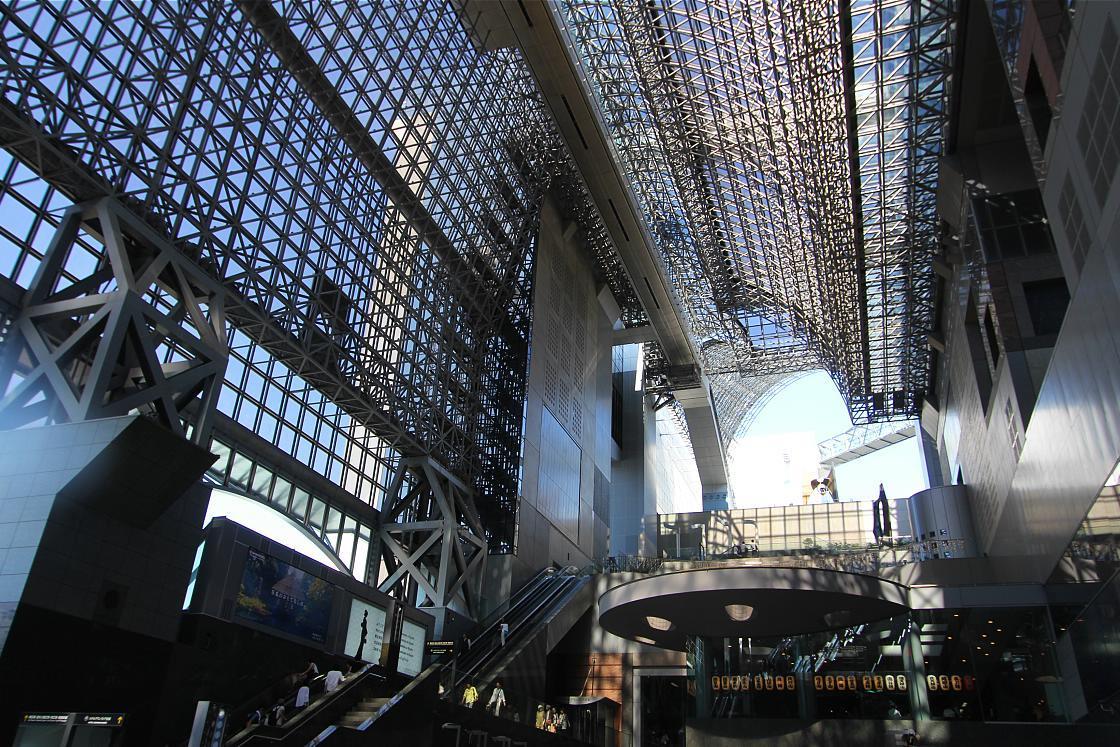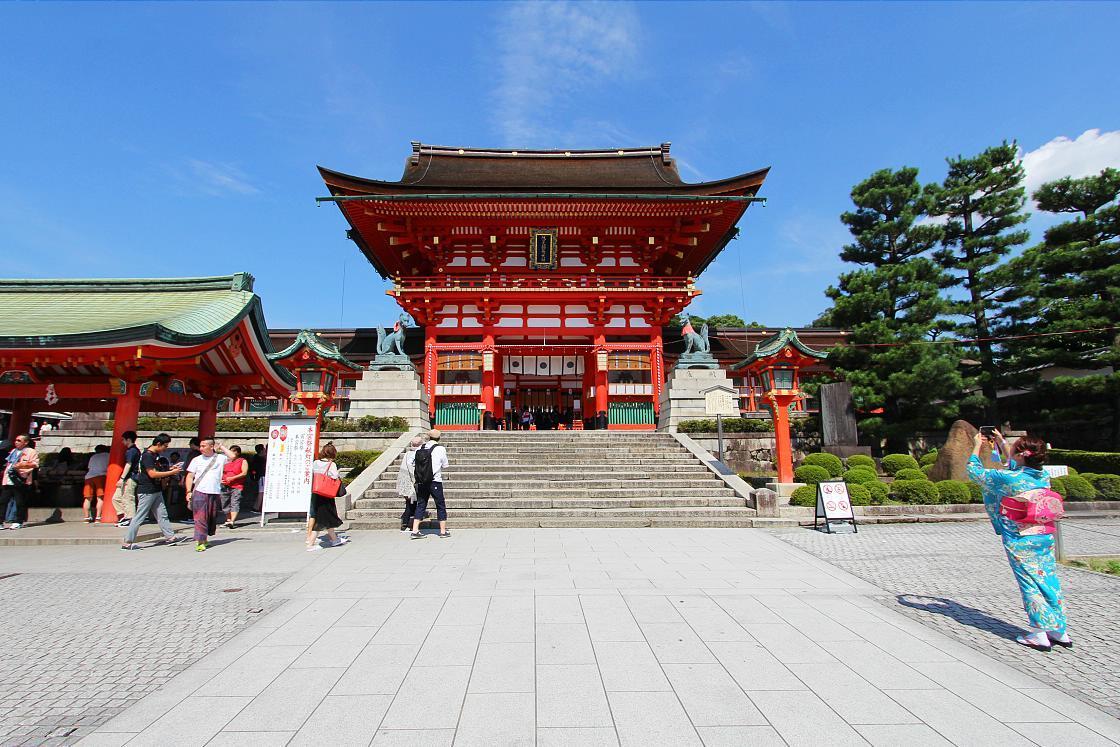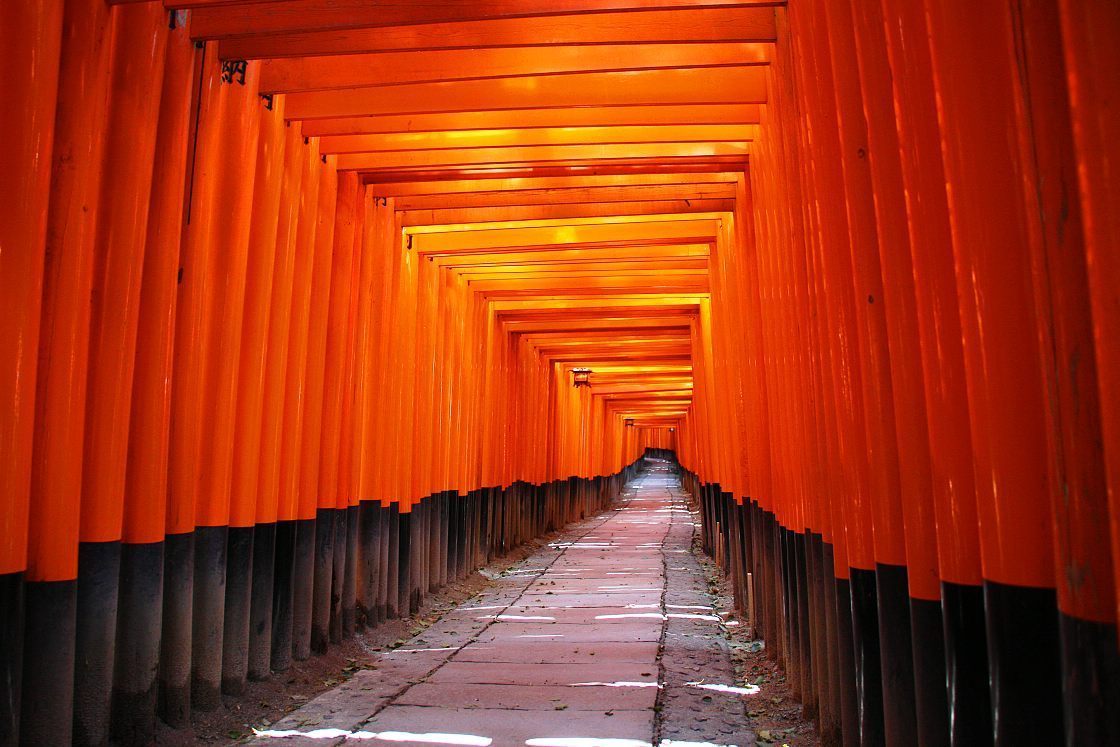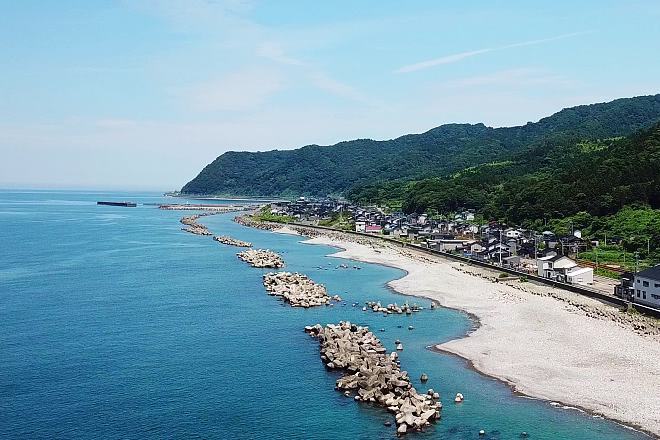This is the final part of a three-part series about traveling along Japan's New Golden Route.
Here we continue our journey with an exploration of Takayama's morning market and then head on to historical Kanazawa where we wander around a beautiful garden and indulge in delicious food. Following this we make our way through beautiful Fukui and Shiga prefectures, taking in some historical charms along the way, before finally arriving in the ancient capital of Kyoto where our trip comes to an end.
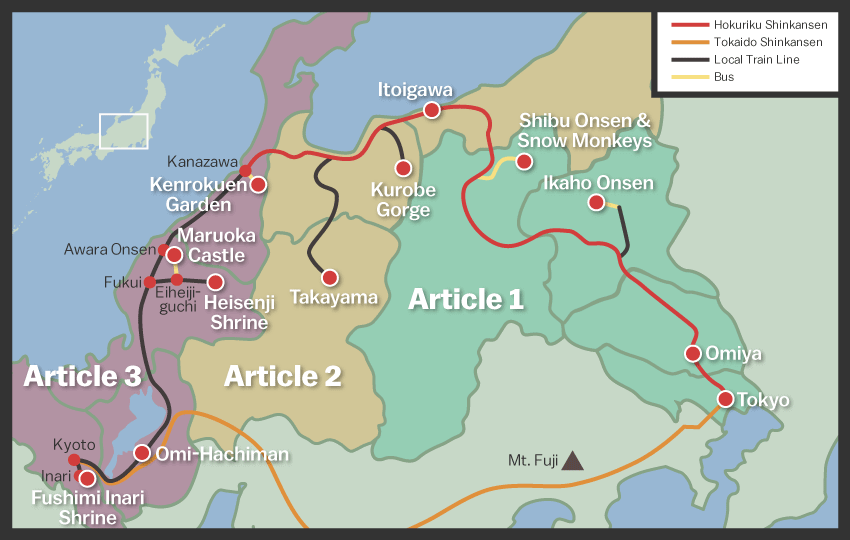
Day 5
Rising early after a good night's sleep, we planned our departure from Takayama. Before leaving, however, there was time to check out another of this old city's charming attractions. The Takayama Morning Market springs to life by the Miyagawa River in the old town every morning at around six to seven, and offers an array of local vegetables, crafts and street food sold by the various vendors who set up stall.
With a rumbling stomach, my first priority was breakfast, so I purchased dango, a traditional street food snack consisting of small rice dumplings on a stick. The snack filled a gap and left me raring to go on exploring more on this final leg of our journey.
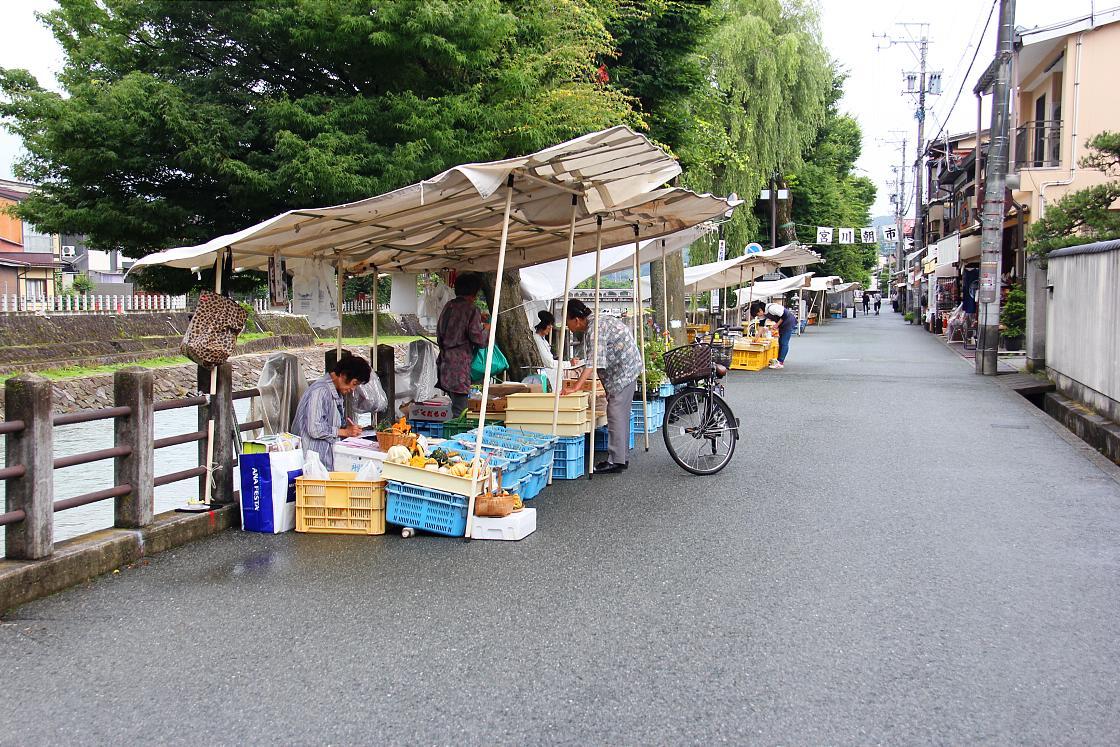
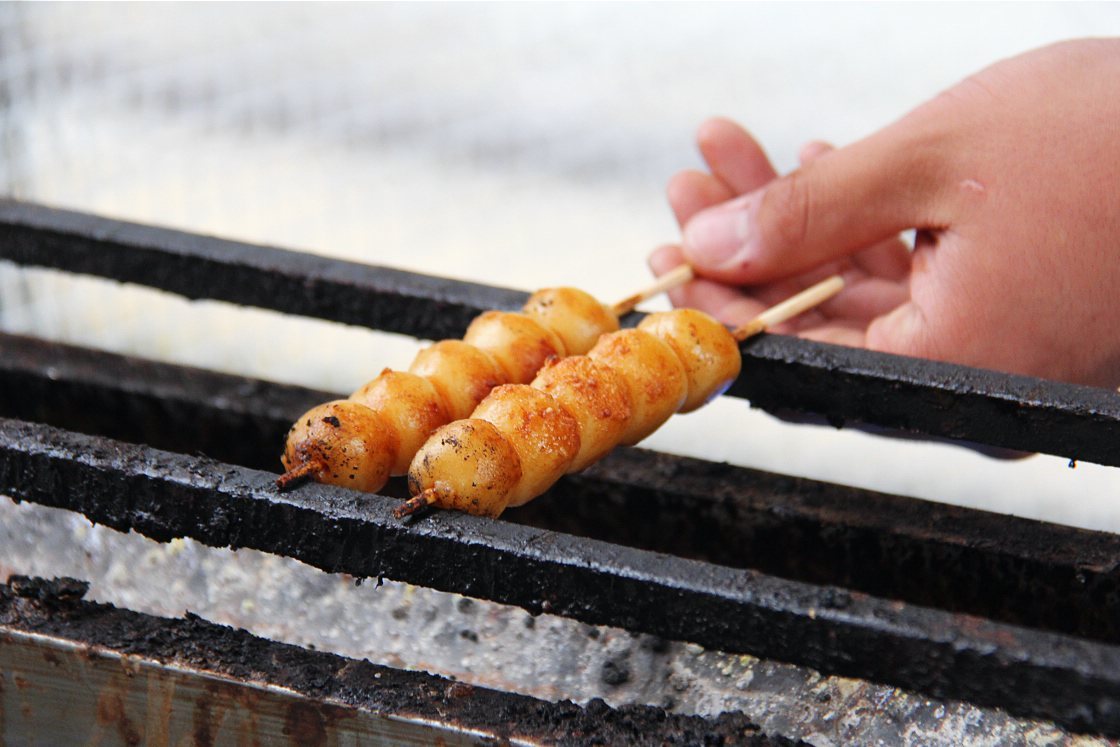
From Takayama, we headed to our next location, Kanazawa, with a transfer to the Hokuriku Shinkansen at Toyama. With some time to spare we made our way towards the Toyama City Tourist Information Center by Toyama Castle Park (15 minutes' walk from Toyama Station or a short walk from the Kokusai-kaigijo-mae tram stop) to partake in a samurai dressing-up experience. With help from the kind staff at the shop I dressed in traditional Japanese samurai armor and was accompanied outside in front of the castle for a photo shoot with a very appropriate backdrop.
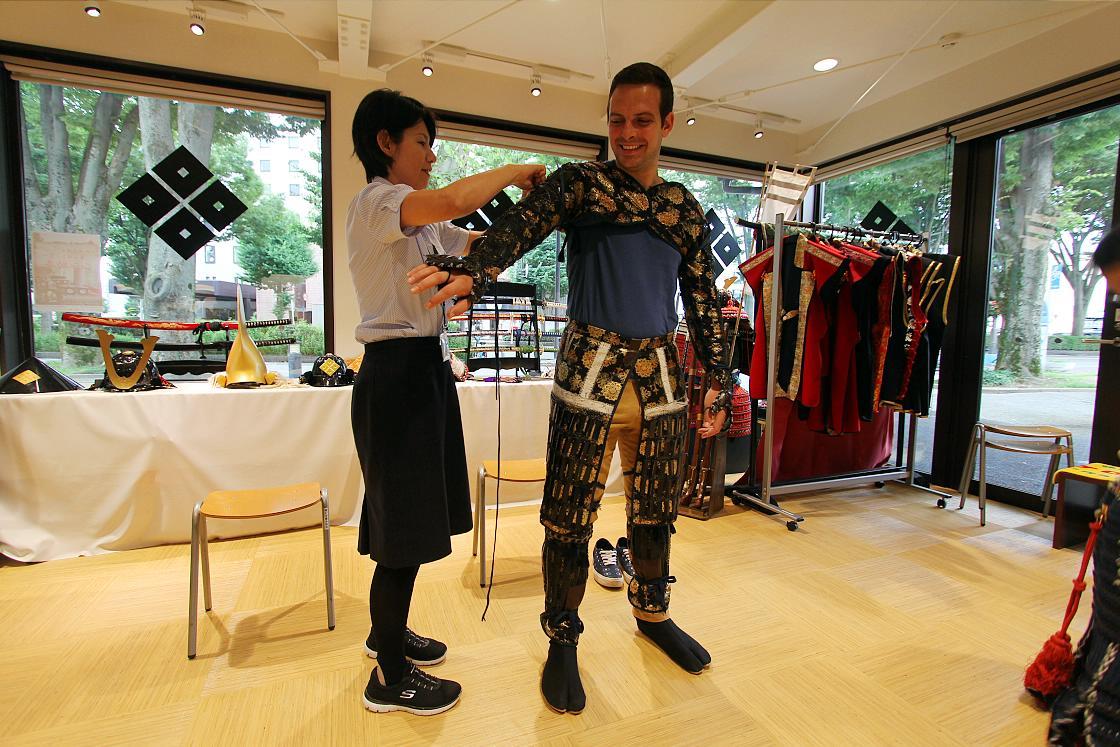
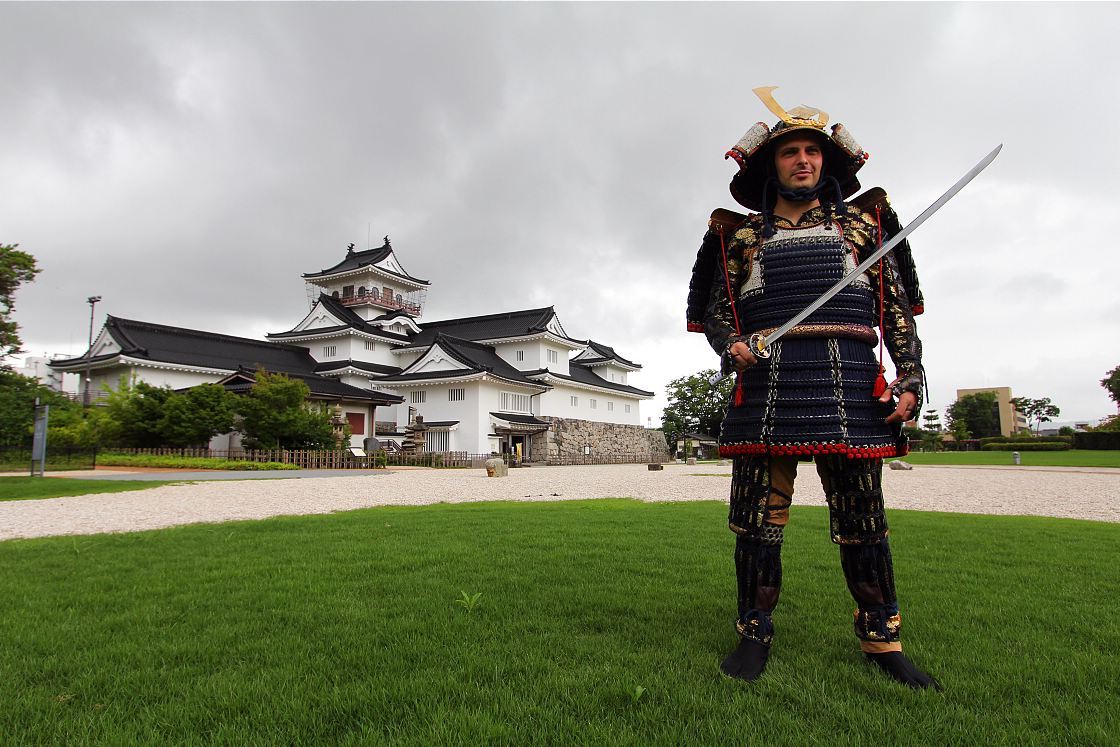
After arriving back at Toyama Station, we boarded the Hokuriku Shinkansen to its final stop, Kanazawa. This ancient town rose to prevalence during feudal times under the rule of the Maeda clan, the second richest family in the country after the shogun's. Today, this culturally rich city boasts various attractions pertaining to its history including preserved districts, as well as multiple modern museums for good measure.
After exiting the station and with food on the brain, we found ourselves gravitating towards the city's most famous market, Omicho Market. A bustling hub of commerce for centuries, today the market is home to about 200 shops and stalls, many of which purvey wonderfully fresh seafood from the nearby Sea of Japan.
In particular, we were looking to eat one of Kanazawa's most famous dishes, a seafood donburi. This delicacy, which consists of various combinations of seafood on top of rice in a bowl, is delicately adorned with slithers of gold leaf in celebration of the city's affluent past. We found what we were looking for at one of the market's restaurants and dug in to lunch. The seafood was mouth-wateringly fresh and made for very pleasant eating.
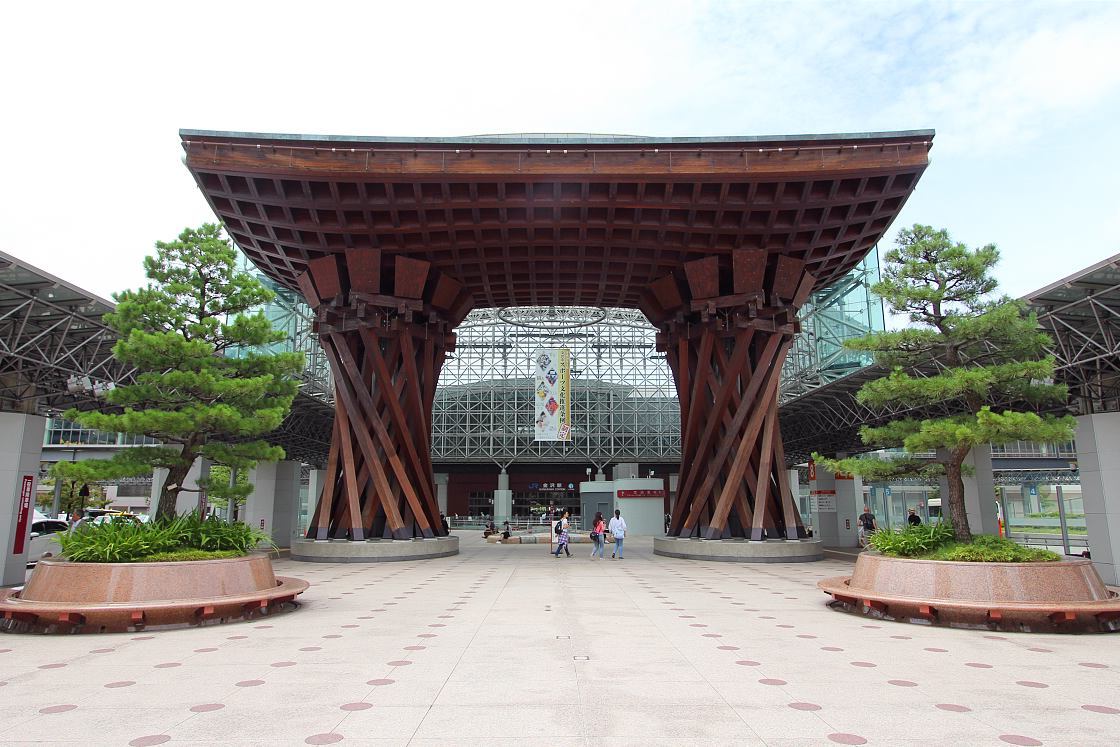
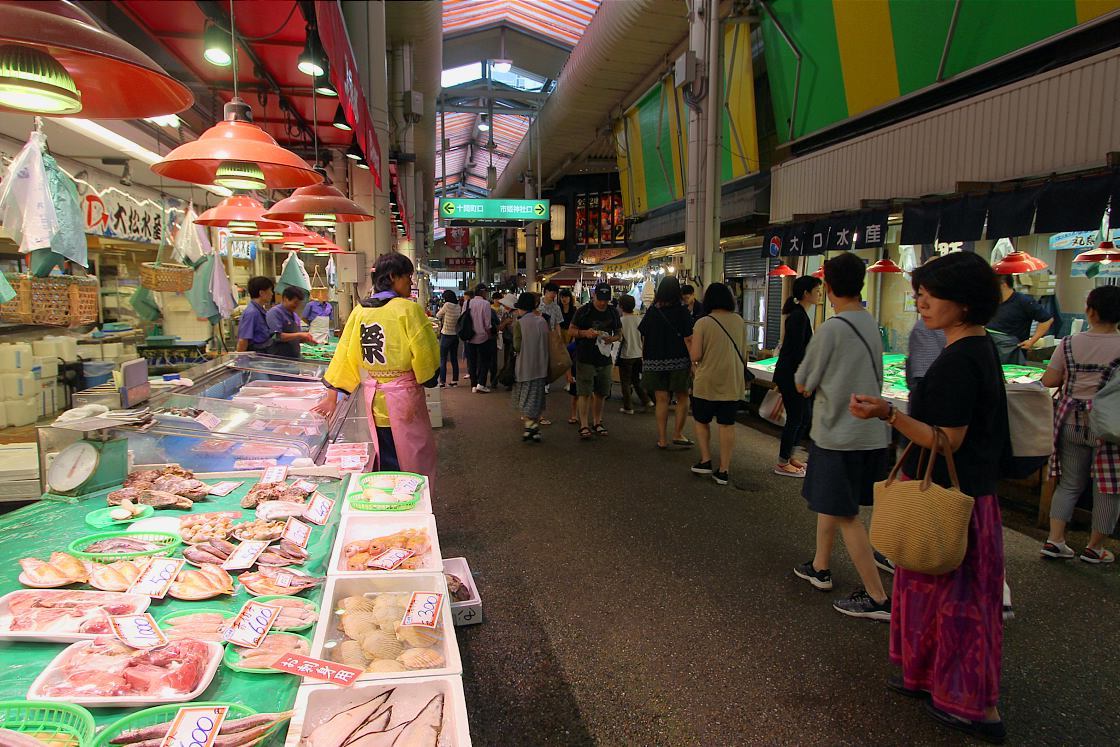
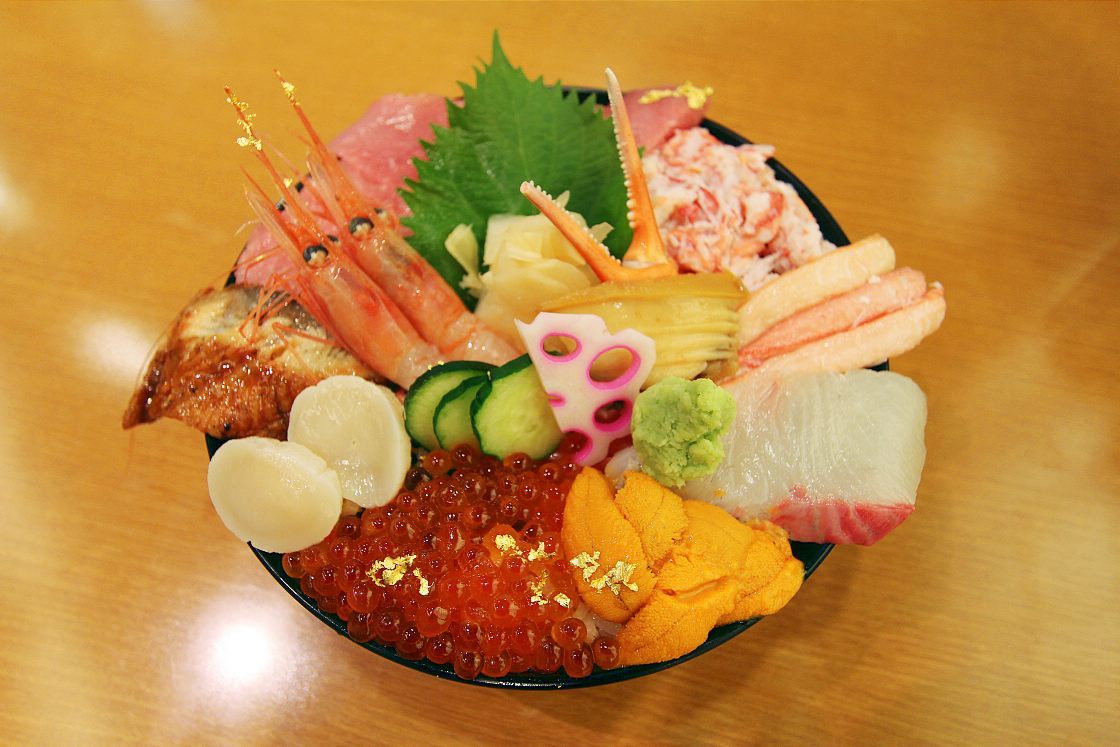
With our appetites satiated we moved on to Kanazawa's top attraction, Kenrokuen Garden. This traditional landscape garden dates back to feudal times and ranks among the top three gardens in Japan, with many even going so far as to call it Japan's best. The garden was originally built as part of a relaxation home for the local lord and later opened to the public in 1871.
Today visitors to the garden are met with a plethora of beautiful features that were purposely crafted according to Chinese landscape theory. In particular, the garden boasts numerous charming water features, bridges and an abundance of trees, not to mention some striking tea houses. Sauntering through this pristine garden made for a relaxing way to escape the heat and bustle of the city. What's more, traversing the winding pathways made it possible to imagine what it must have been like for the local lord strolling around here centuries ago.
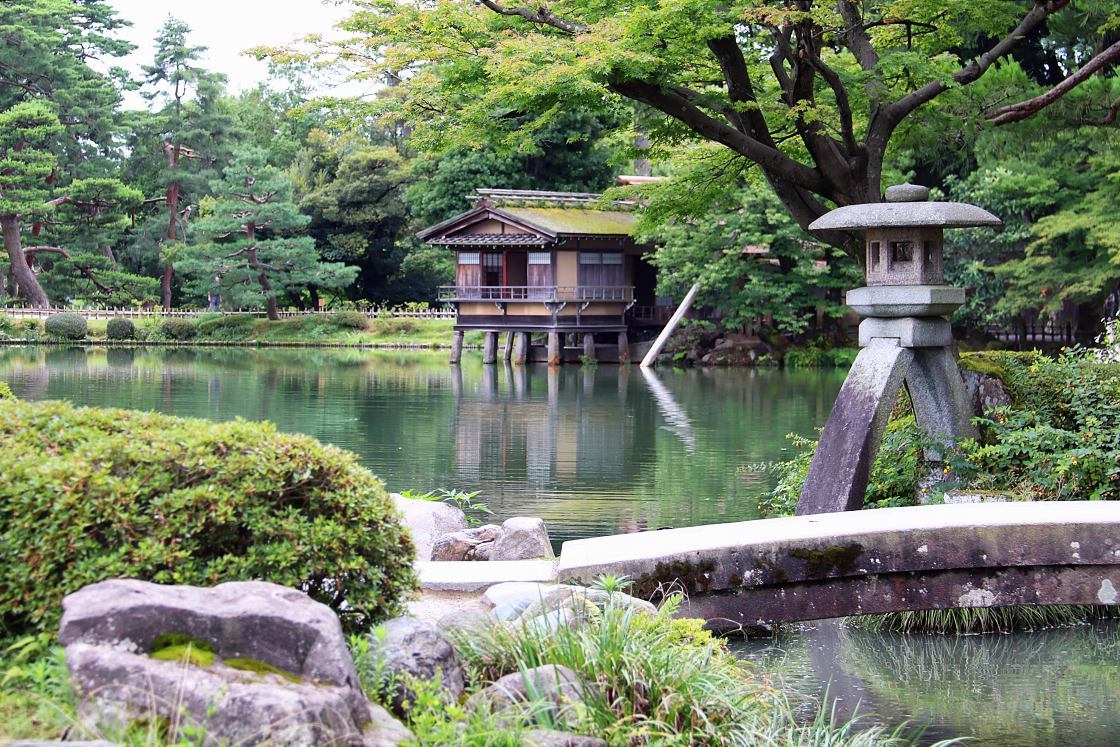
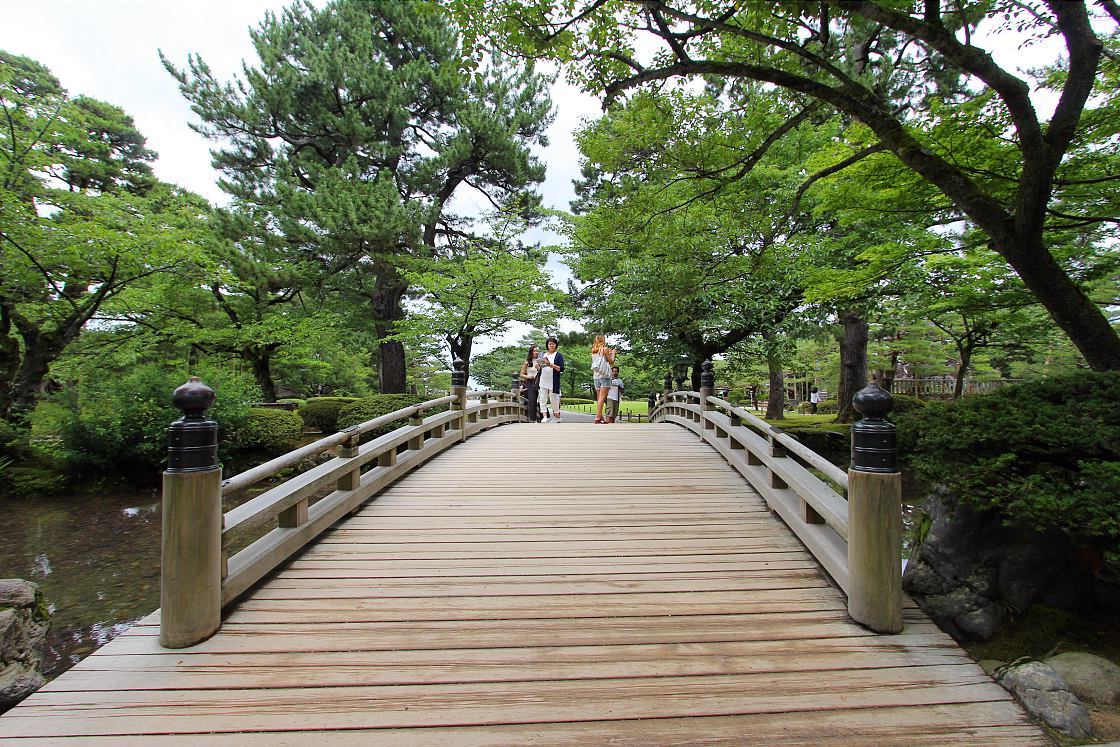
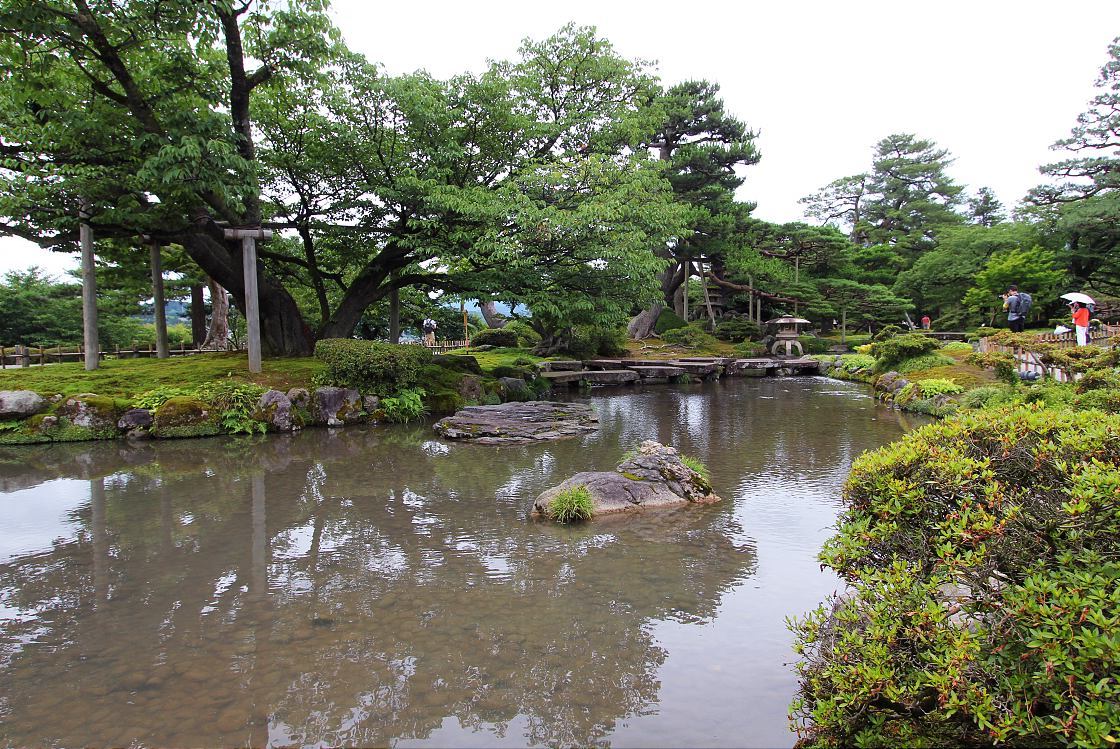
Exploring the garden helped work up our appetites, and with that it was time make our way to the Asadaya, where we'd be staying this evening. This traditional Japanese inn boasts opulent rooms and beautiful facilities and specializes in food, serving up what turned out to be some of the best ryokan fare I've had the pleasure of eating. After check in, we made our way down to the dining area where we were served a course meal of traditional Kanazawa cuisine that was nothing short of spectacular.
Some of the highlights of the meal included a dish of raw sea bream, local deep sea shrimp and tuna with lightly baked flounder and a delectable portion of naturally salted rosy seabass with pink ginger shoot, grated radish and lime. Paired with a couple of beers and some delicious local sake, the meal provided an exceptional end to the day.
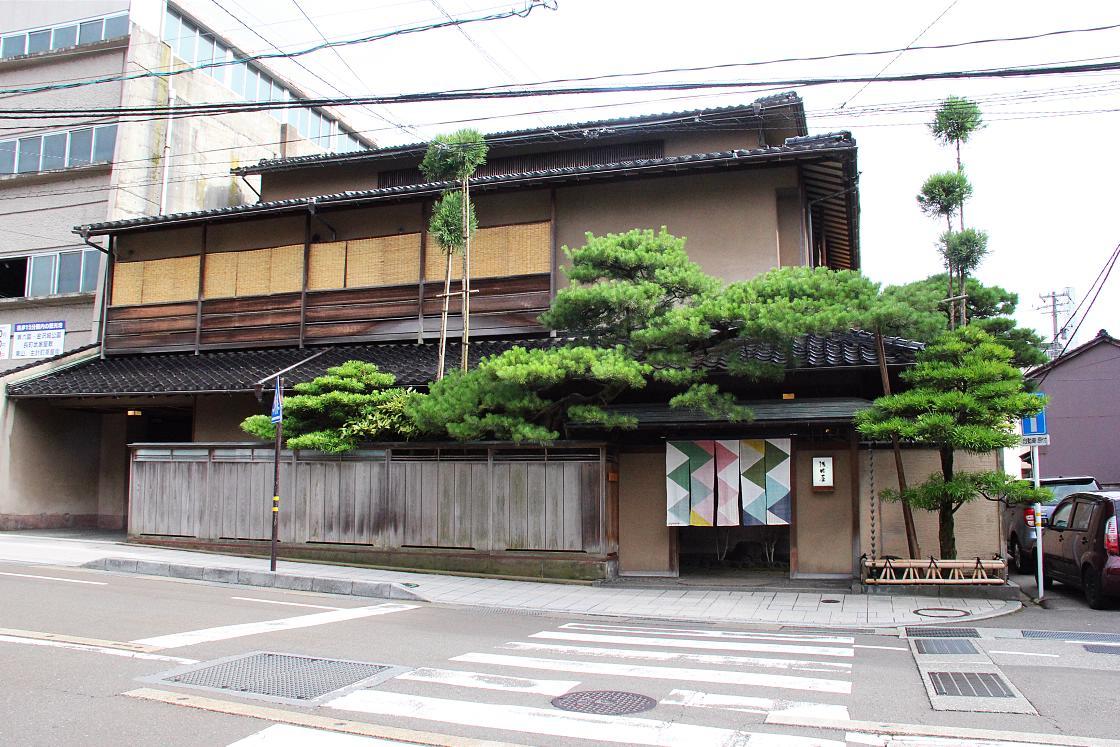
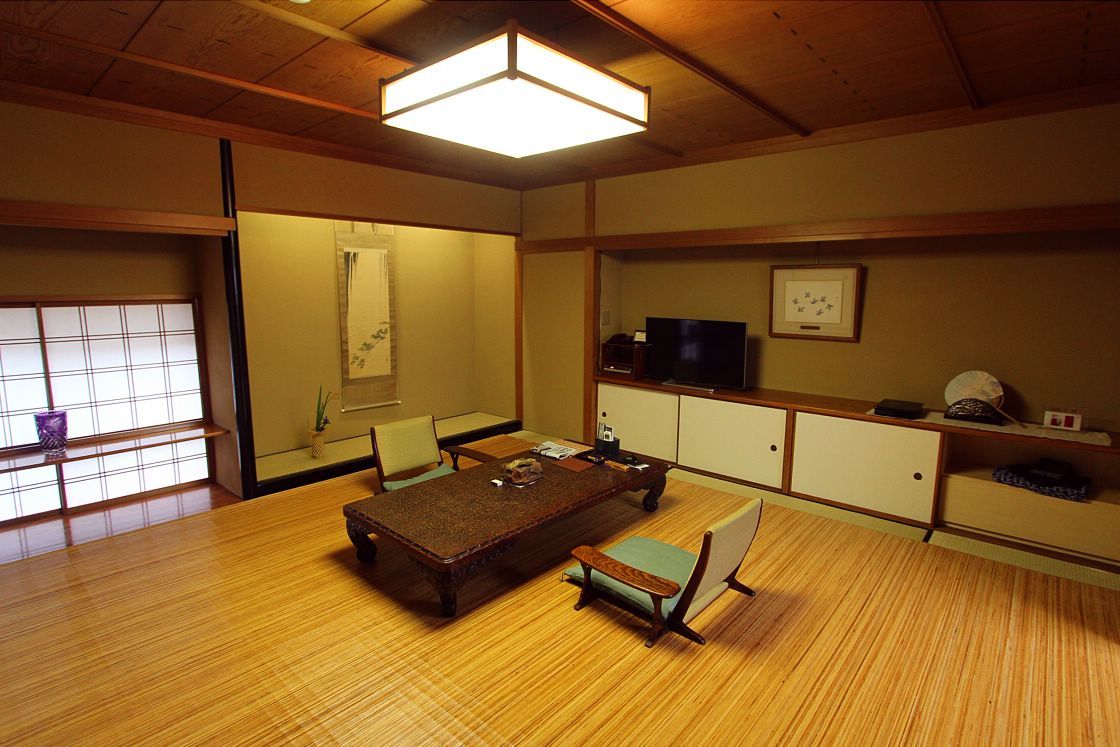
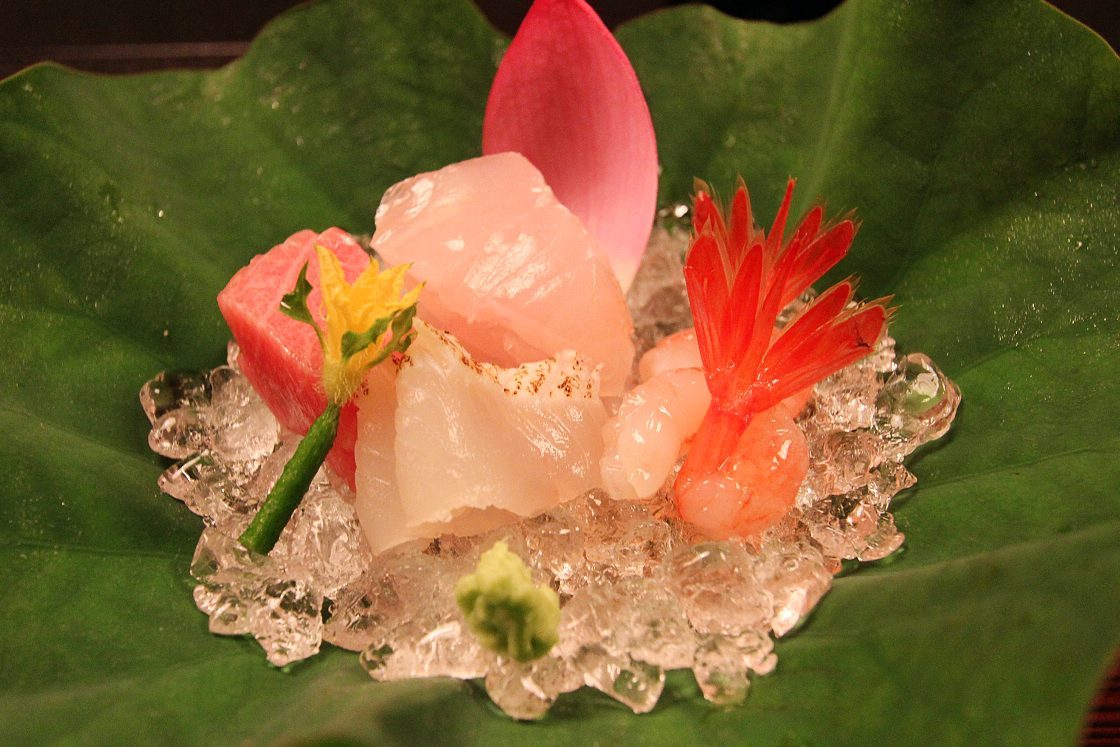
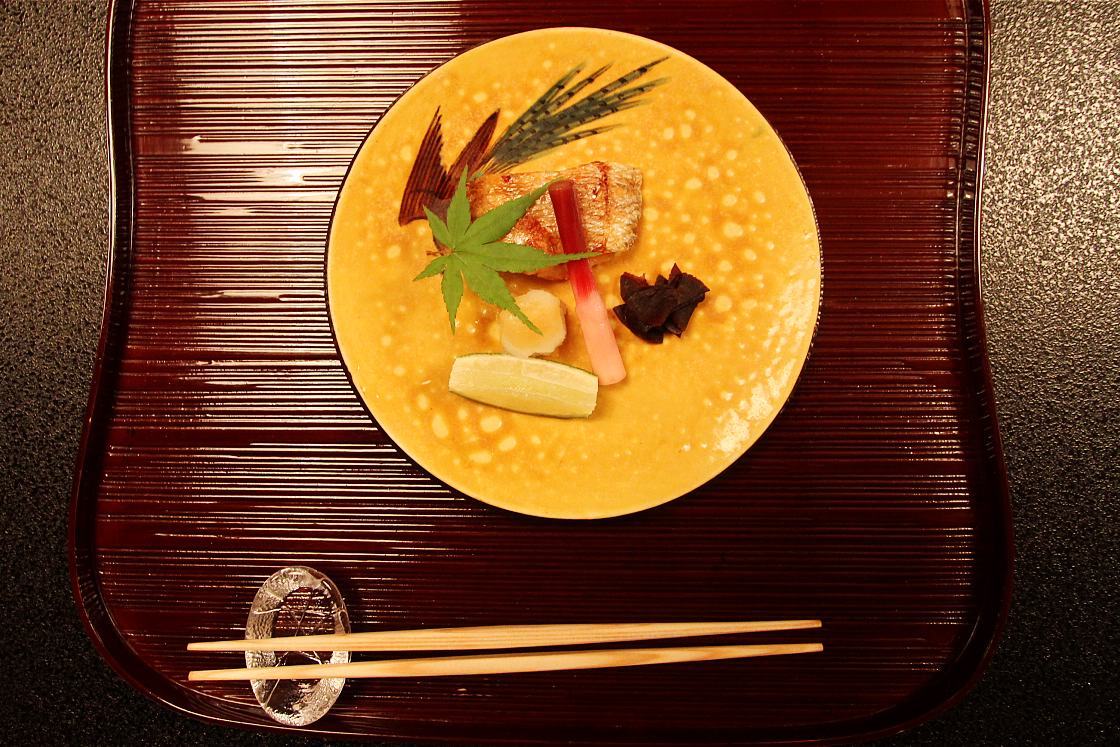
Day 6
Following the previous night's fantastic fare and fond memory making, it was time to say goodbye to Kanazawa and make our way south into Fukui Prefecture. We were headed to Maruoka Castle, but not before a quick stop at Wa-Araiya to get suitably attired for our exploration of this well-preserved feudal vestige. Wa-Araiya is a kimono rental shop that also sells a variety of traditional Japanese goods.
After a quick turnaround at the shop, I began my walk around the castle grounds. Maruoka Castle is one of only twelve castles in Japan whose keeps have survived since feudal times, and strolling around the castle grounds and inside the building made for an exciting morning activity. Upon entering the keep building, visitors can ascend a wooden staircase to arrive at the viewing deck, from where nice views can be had of the surrounding area.
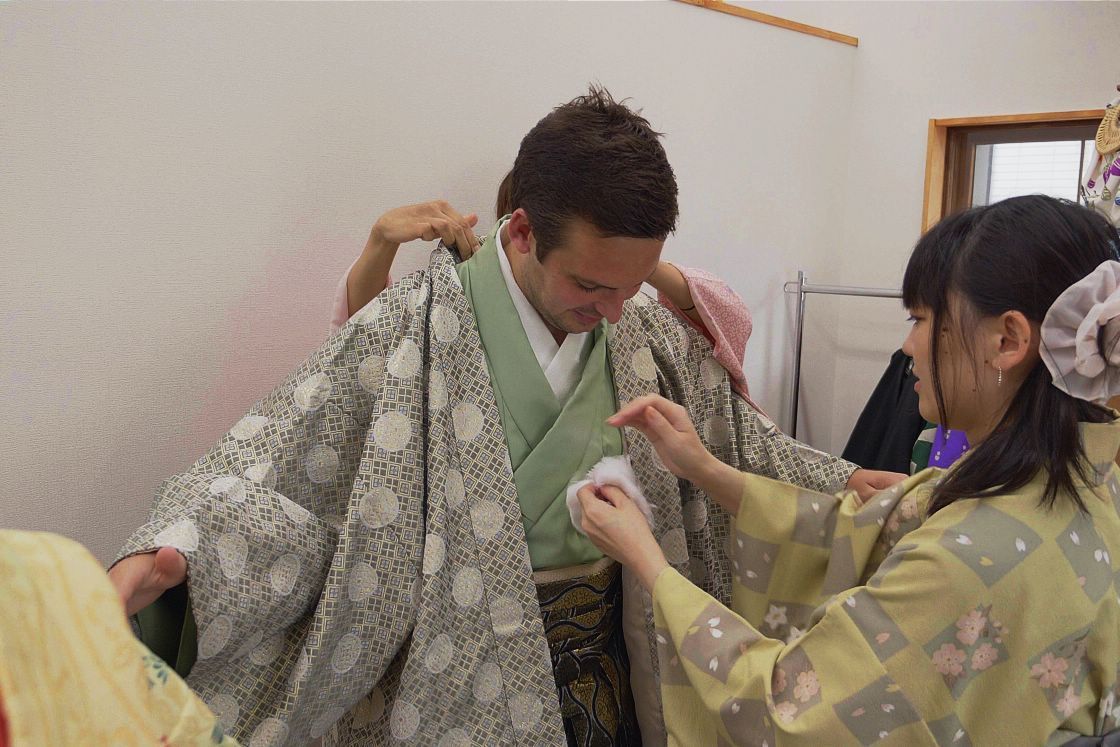
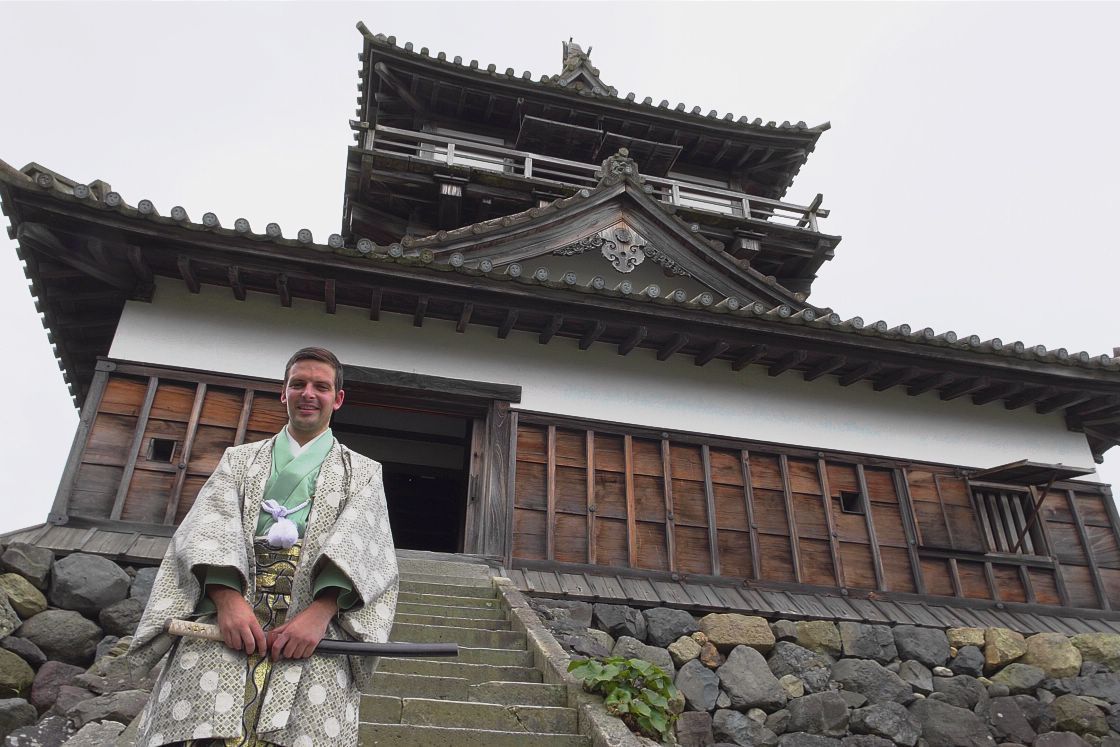
It was now time to make our way to our second spot in Fukui Prefecture. After taking a bus and then a train from Maruoka Castle and traversing Fukui's gentle countryside, we arrived at Katsuyama Station and from there took a short taxi ride to Hakusan Heisenji Shrine.
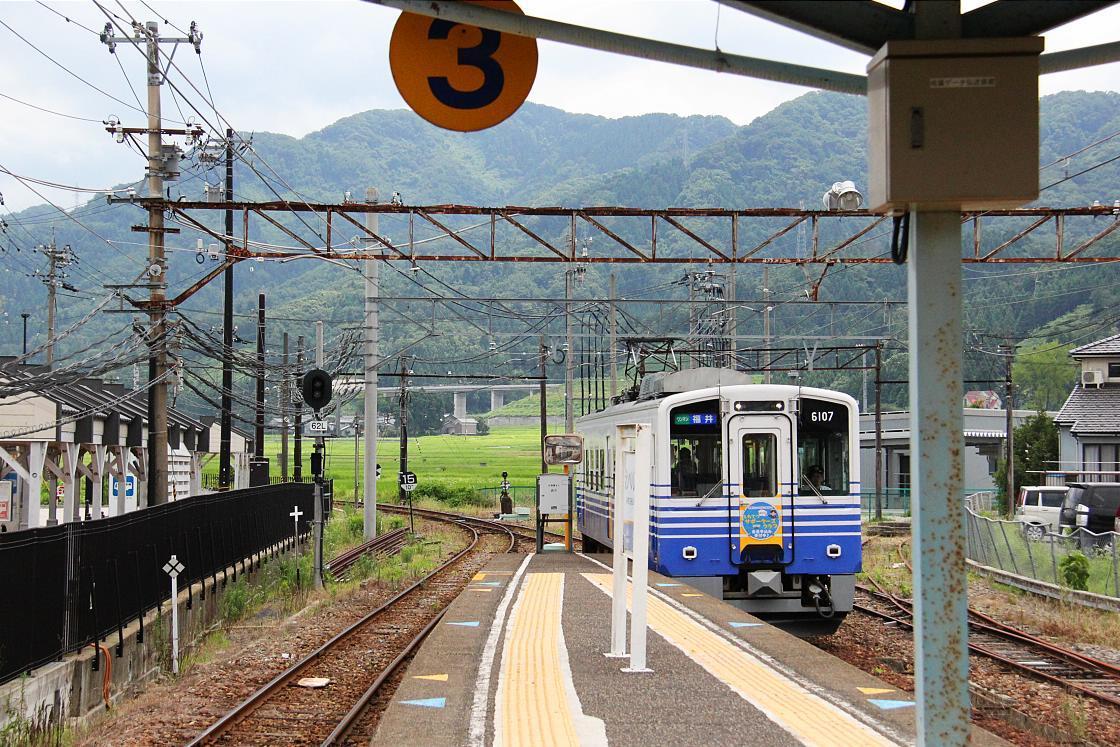
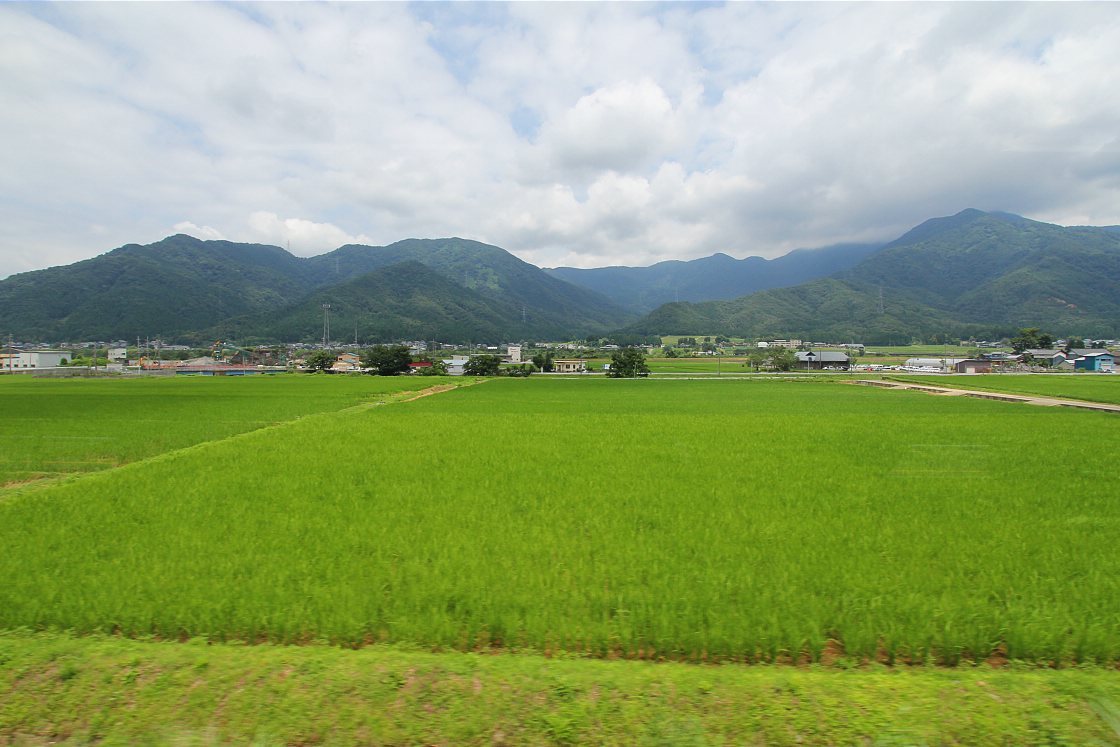
This hillside shrine in the middle of the countryside is known for its lush moss that covers almost every inch of the grounds. Upon entering via an imposing stone staircase, we were delivered from the sticky heat of the Japanese summer to a serene, shaded wonderland of green. An extremely tranquil place, we took our time meandering along the stone pathways and taking in the atmosphere.
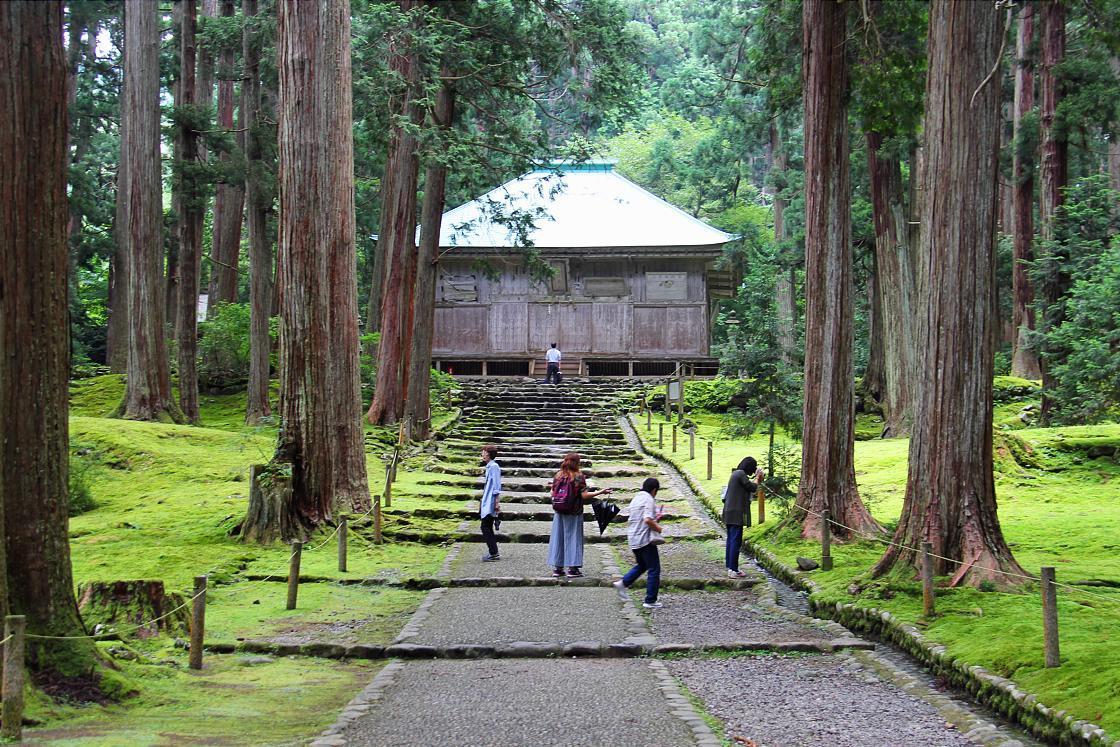
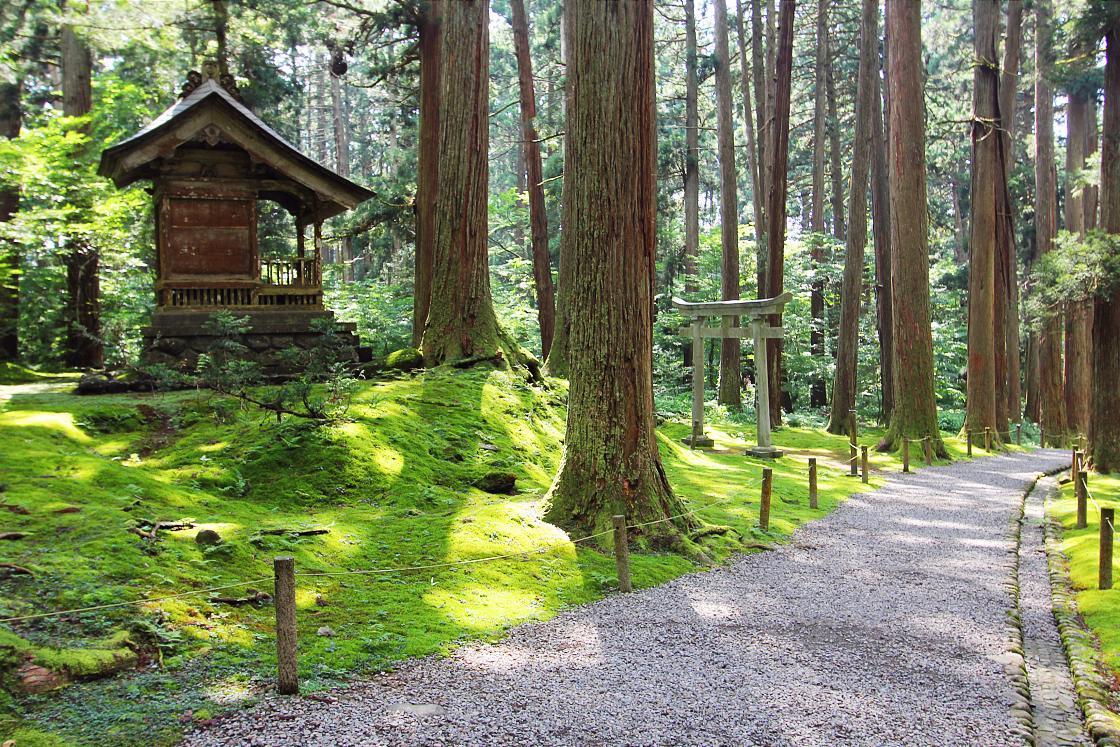
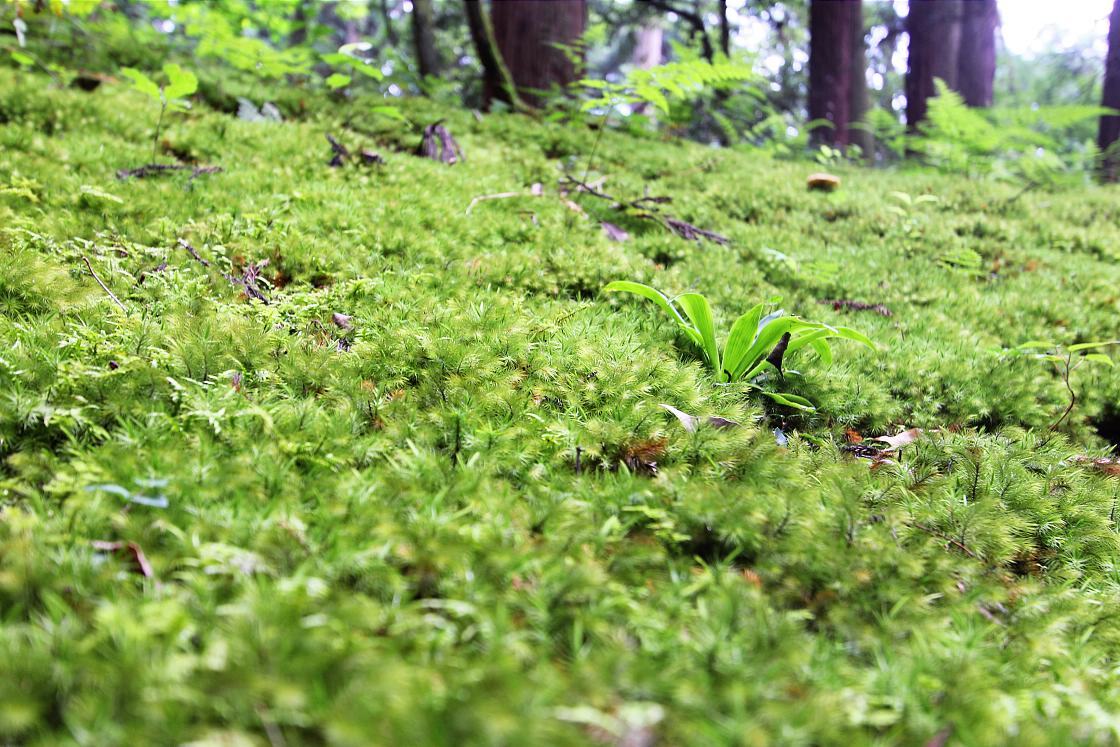
After exploring the shrine we made our way back to Katsuyama Station and then on to Shiga Prefecture. It was dark by the time we arrived in the town of Omi-Hachiman, where we'd be staying on this last night of our trip, and we arrived at our lodgings ready to get some rest ahead of the big day ahead of us.
To our delight, the Machiya Inn was everything we needed after a long day of exploration. This traditional building dates back to the late Edo Period and was originally part of a sake brewery. Today it has been refurbished but retains its traditional aesthetic, providing travelers with comfort in beautiful, authentic surroundings.
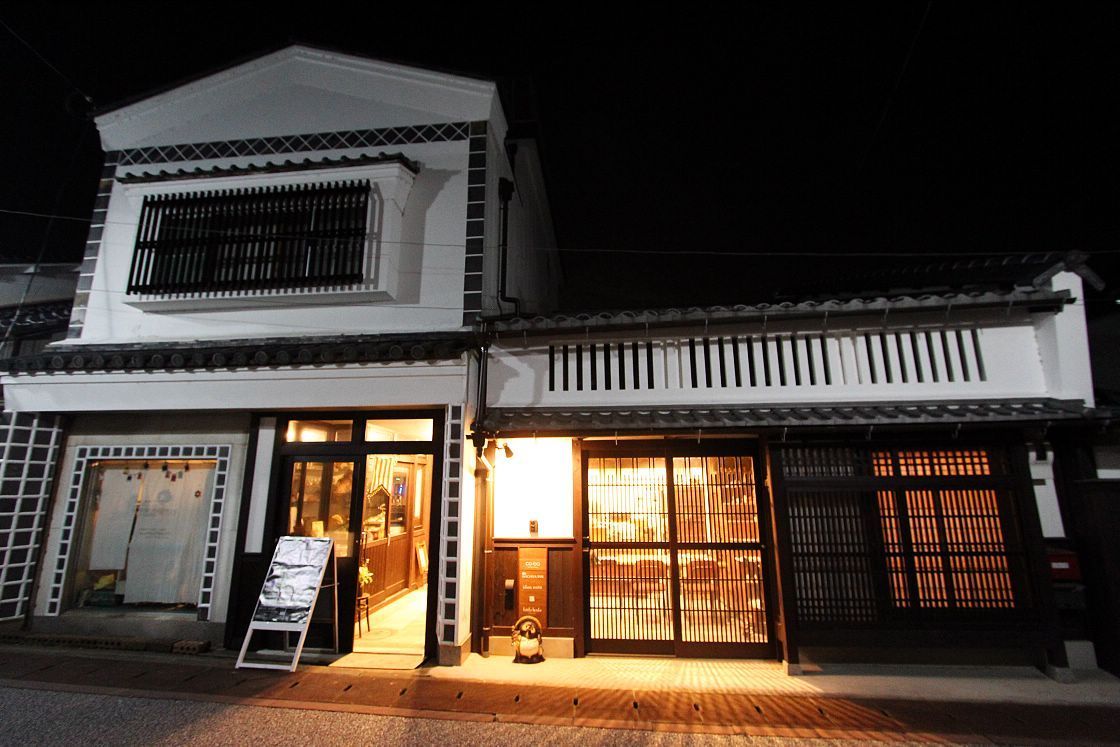
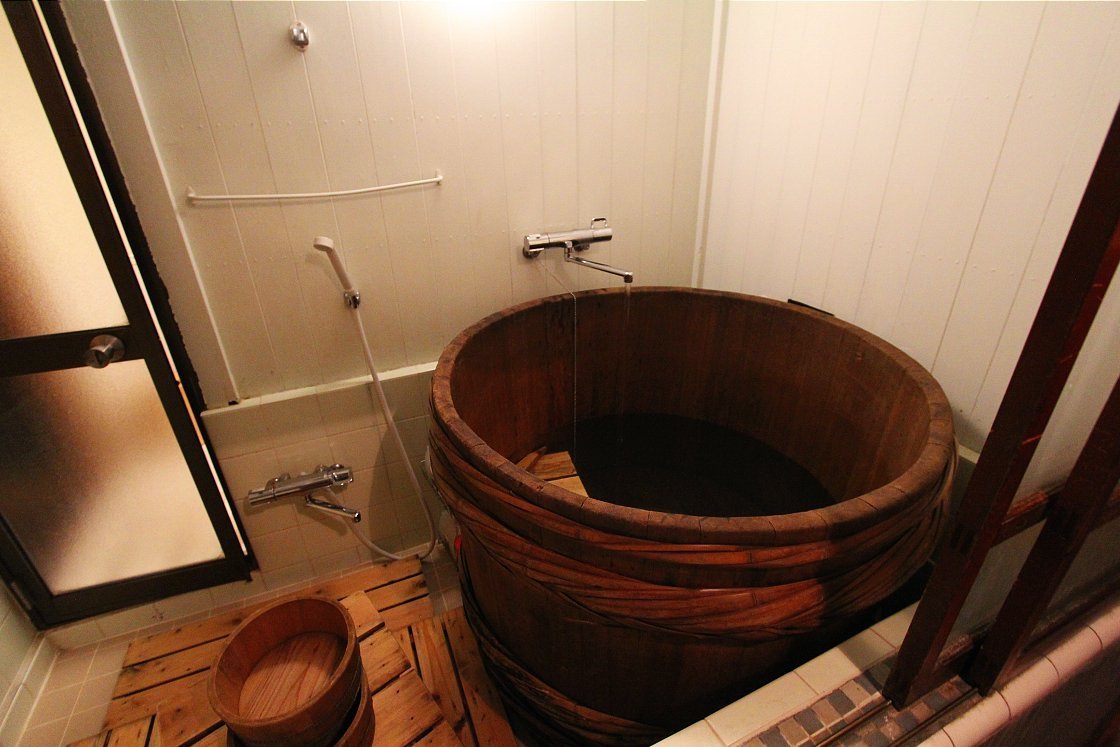
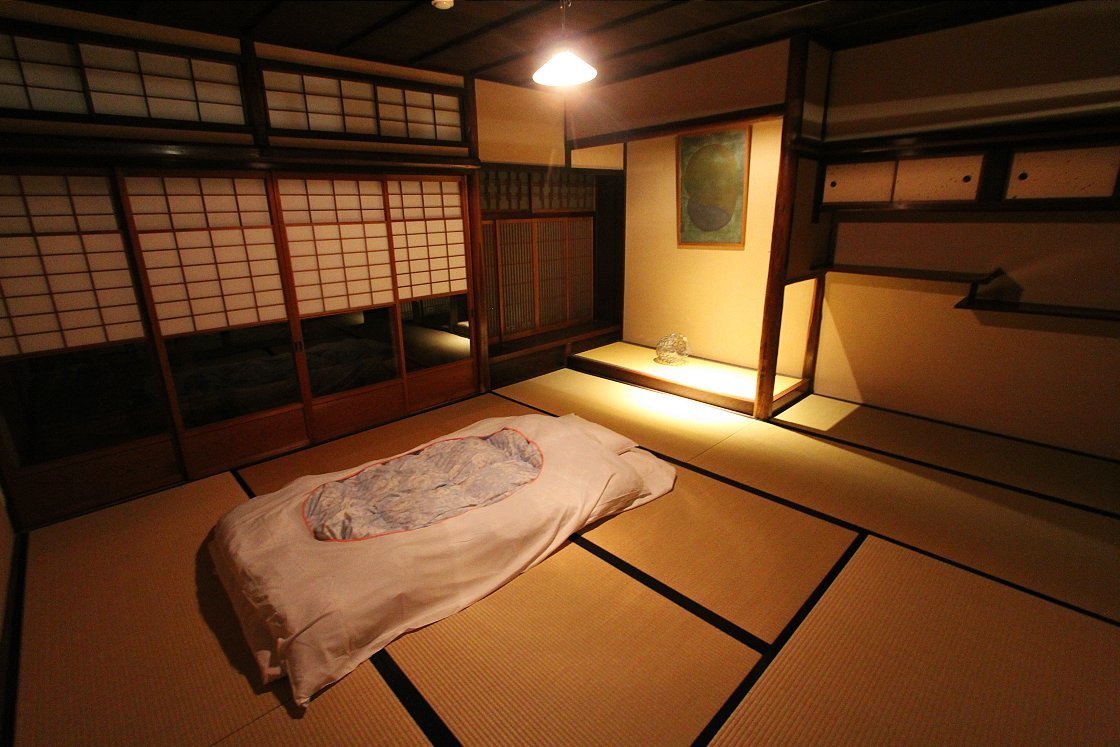
Day 7
We rose early on the seventh and final day of our journey from Tokyo to Kyoto and made the short walk from the Machiya Inn to the Hachiman-bori Canal to start the day with a boat ride. During the 35-minute rides, guests are taken along a picturesque section of the canal and we found it a perfect way to spend this first part of the morning.
It is interesting to consider the history of this canal, in that it originally served as the town's castle moat and was extended to connect with nearby Lake Biwa, the largest lake in Japan. This connection with Lake Biwa later proved very important in enabling the town to flourish as a commercial hub through the shipping route that connected the Sea of Japan to Kyoto and Osaka. During this time, the Omi merchants, who were based in Omi-Hachiman, expanded their operations to become some of the most wealthy and influential merchants in all of Japan.
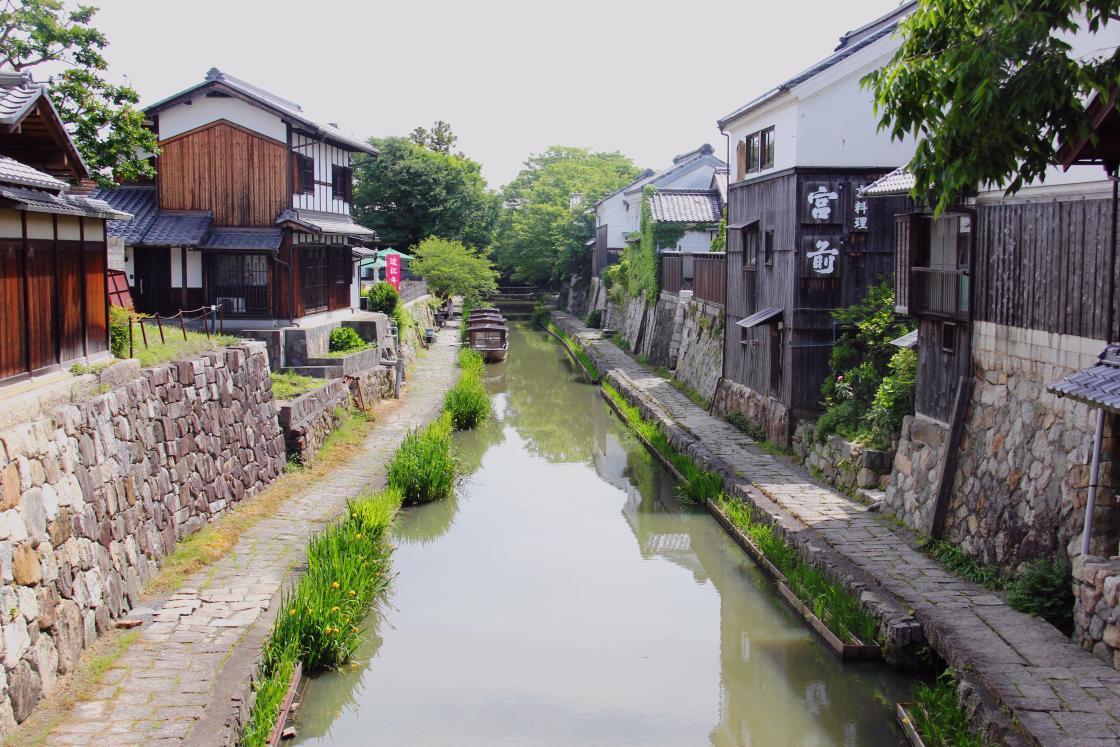
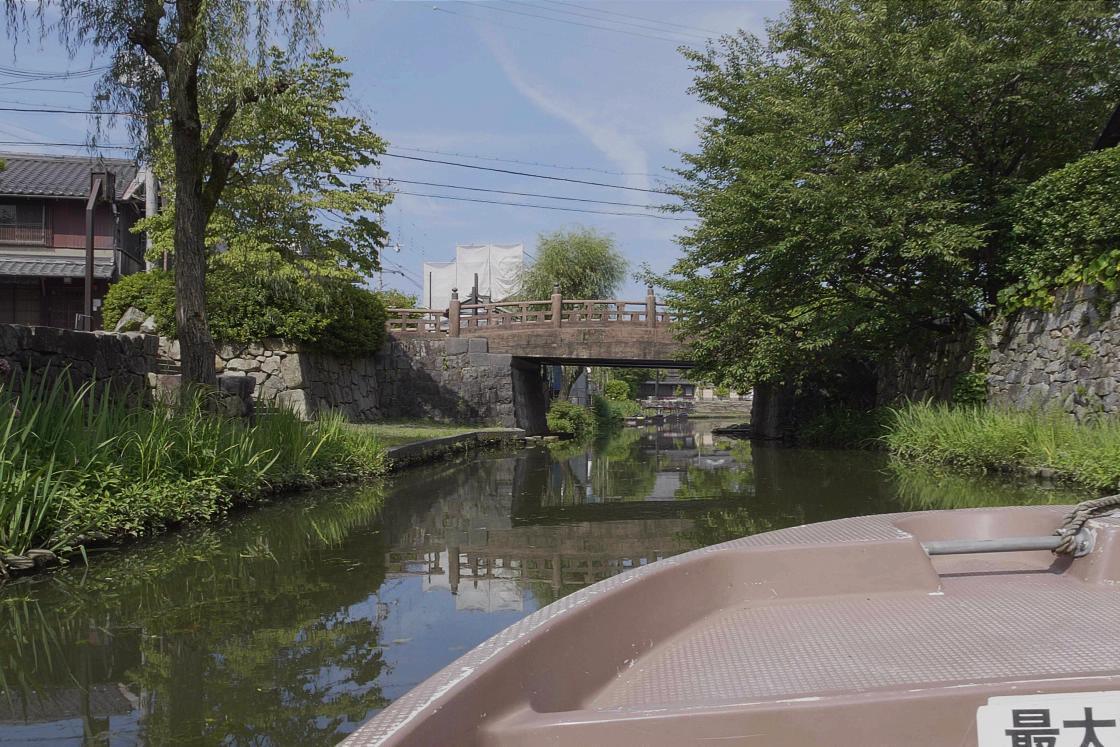
After putting our feet back on dry land, we made the short walk to Omi-Hachiman's Shinmachi-dori Street, one of the areas that makes up the old district, and today home to some well-preserved buildings dating back to the Edo Period. After admiring the beautiful townscape and ducking inside a few of the buildings, which now serve as shops and preserved residences of merchants, we headed for lunch.
For this final meal before heading to Kyoto, we opted to sit down for a course of the Omi-Hachiman specialty, Omi Beef. This high-quality beef can be enjoyed in a number of ways but we opted for sukiyaki, in which the beef is cooked in a stew and then dipped in raw egg to be eaten. A delicious and satisfying meal, we were now ready for the final leg of this amazing journey.
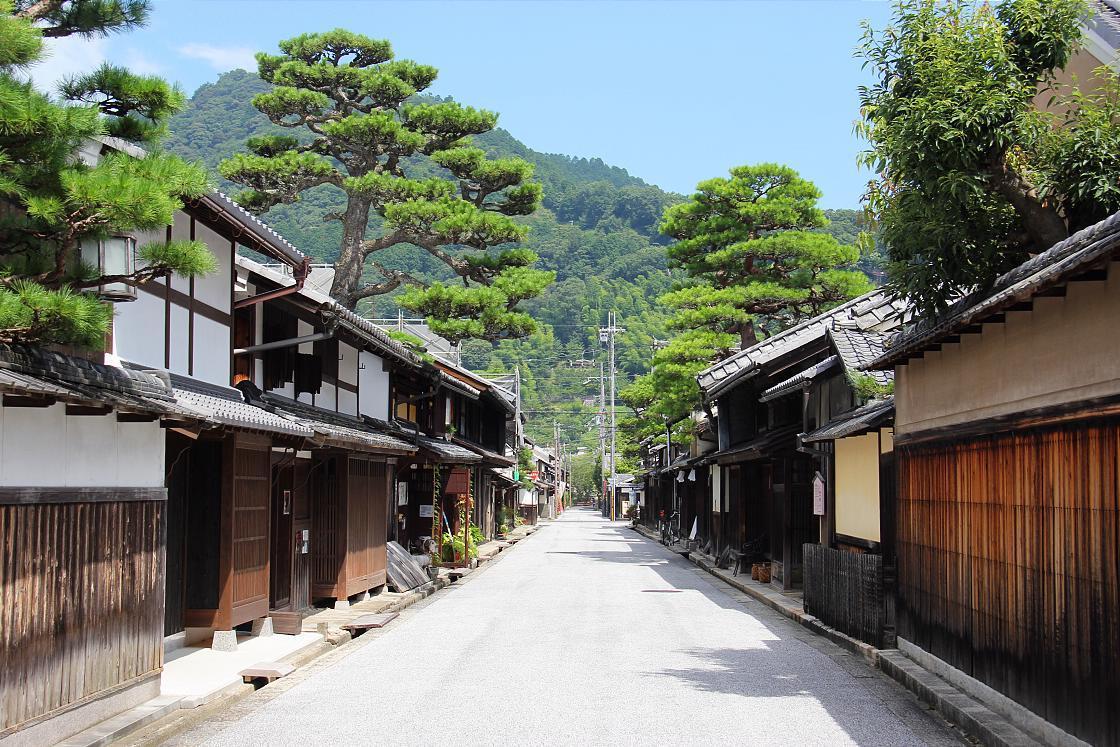
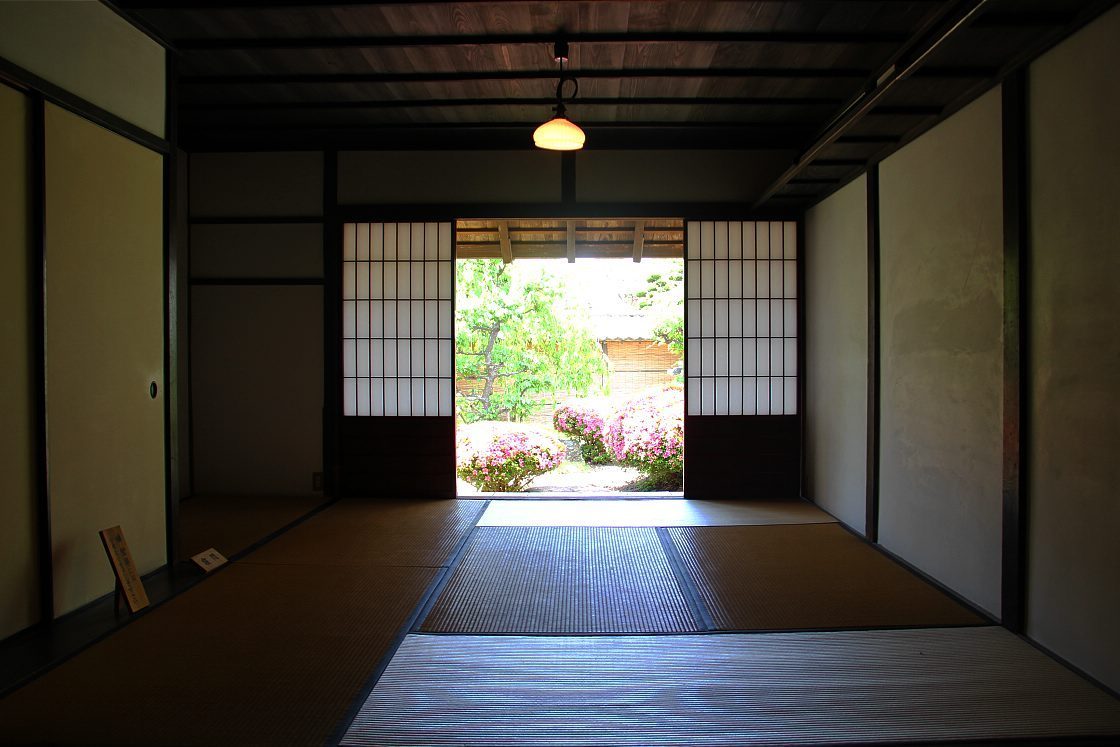
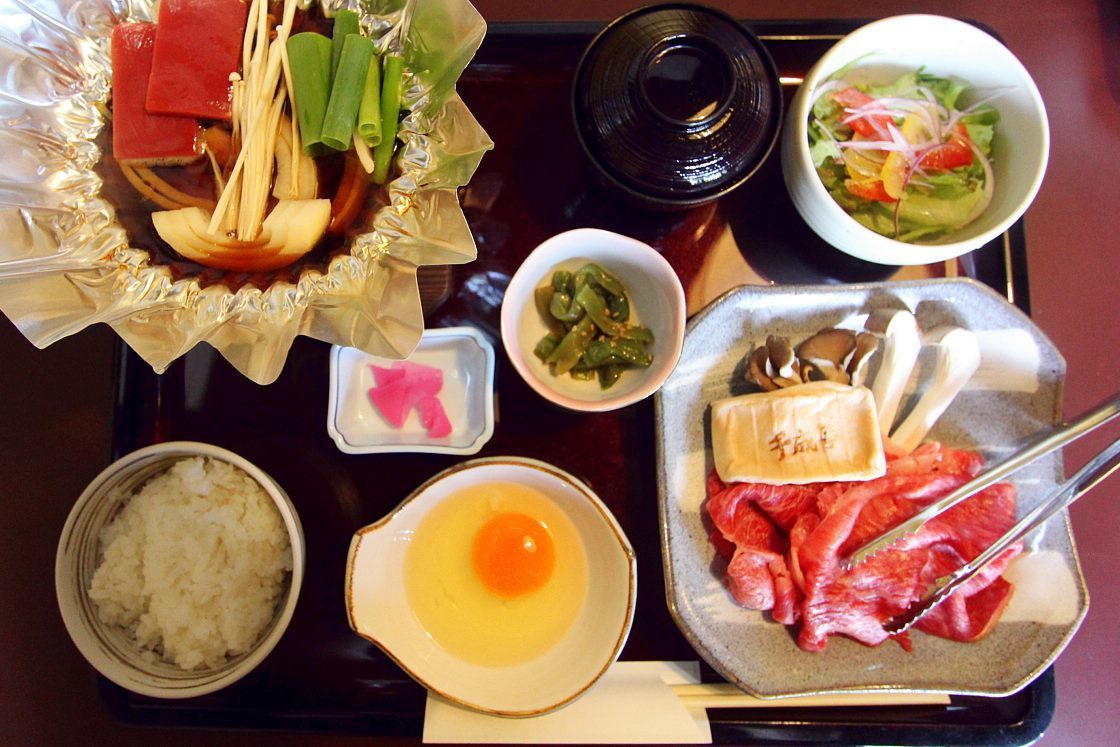
From Omi-Hachiman Station we took a rapid train 35 minutes to Kyoto and then transferred to the JR Nara Line for one stop to reach Inari Station. From the station the iconic Fushimi Inari Shrine is just a stone's throw, and this was where we were to make the final stop on our trip.
Fushimi Inari Shrine is the head shrine of thousands of shrines all over Japan dedicated to Inari, the Shinto god of rice. This shrine is particularly well-known for its thousands of vermillion torii gates that visitors pass under as they follow the shrine's path up Mount Inari.
The experience of traversing these paths under a veritable tunnel of torii gates was quite amazing, with the entire way atmospheric and lively with hundreds of fellow visitors surrounding us. A spectacular end to the day's exploration, it was now time for this memorable trip to come to an end.
